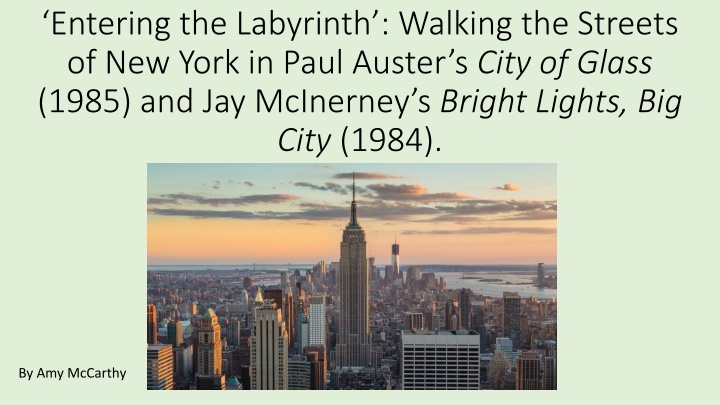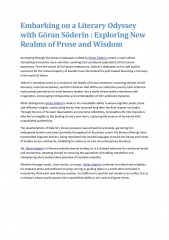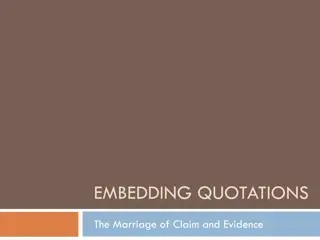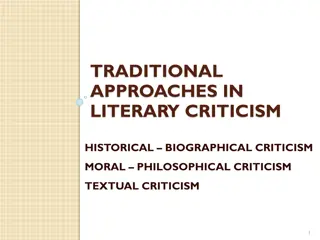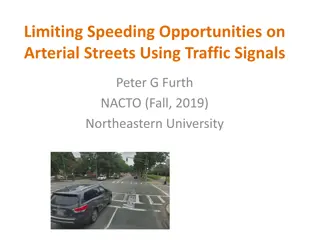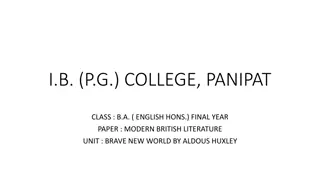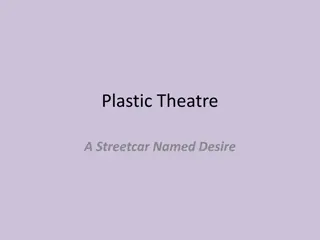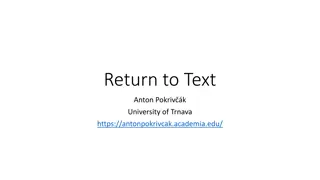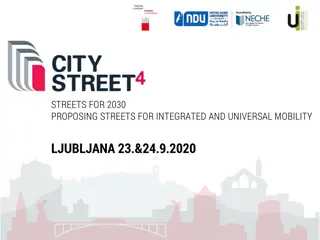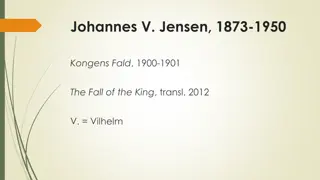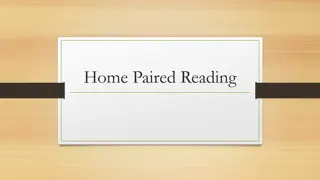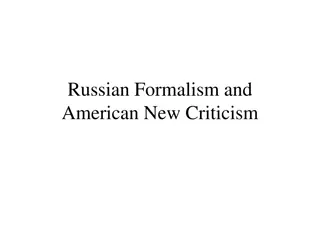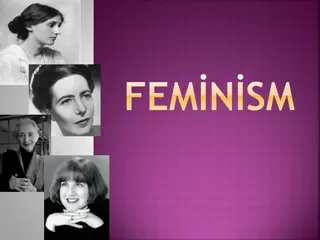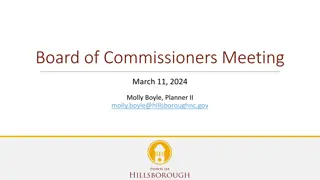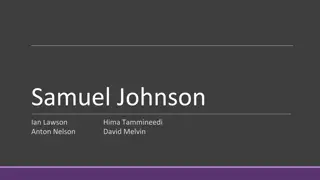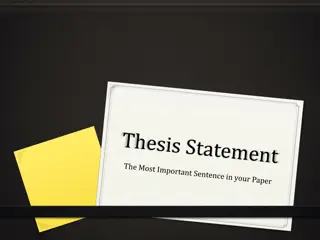Exploring the Streets of New York Through Literary Works
Analyzing the urban landscape of New York City through Paul Auster's "City of Glass" and Jay McInerney's "Bright Lights, Big City" reveals the intricate relationship between the city's streets, selfhood, and signification. The texts delve into themes of illusion, aspiration, and memory within the bustling metropolis, offering a unique perspective on the dynamic nature of urban spaces.
Download Presentation

Please find below an Image/Link to download the presentation.
The content on the website is provided AS IS for your information and personal use only. It may not be sold, licensed, or shared on other websites without obtaining consent from the author.If you encounter any issues during the download, it is possible that the publisher has removed the file from their server.
You are allowed to download the files provided on this website for personal or commercial use, subject to the condition that they are used lawfully. All files are the property of their respective owners.
The content on the website is provided AS IS for your information and personal use only. It may not be sold, licensed, or shared on other websites without obtaining consent from the author.
E N D
Presentation Transcript
Entering the Labyrinth: Walking the Streets of New York in Paul Auster s City of Glass (1985) and Jay McInerney s Bright Lights, Big City (1984). By Amy McCarthy
Walking in the City Jean Baudrillard: Nothing could be more intense, electrifying, turbulent, and vital than the streets of New York. the soft city of illusion, myth, aspiration, nightmare, is as real, maybe more real, than the hard city one can locate on maps, in statistics, in monographs on urban sociology and demography and architecture (Jonathan Raban, Soft City (1974), p.2) Michael de Certeau s The Practice of Everyday Life (1988) walking results in the indefinite process of being absent and in search of a proper (p.103)
Bright Lights, Big City Forty-seventh Street and Fifth Avenue Amanda and the mannequin pedestrian spaces, mapped spaces, and utopian spaces [ ] see that thematically a relationship is established between selfhood, space, and signification (Alford, 1995, p.613). Google Maps May 2019
City of Glass Tower of Babel After fiddling with them for a quarter of an hour, switching them around, pulling them apart, rearranging the sequence, he returned to the original order and wrote them out in the following manner: OWER OF BAB [ ] the answer seemed inescapable: THE TOWER OF BABEL (Auster, 2006, p.70). Quinn walking around New York without a purpose. Source: https://www.google.com/maps/d/viewer?mid=1ovDFj7DfjLYq3dbXC6snhKqt Qi4&hl=en&gl=us&ie=UTF8&oe=UTF8&msa=0&ll=40.74415710861521%2C- 73.987935&z=12
Conclusion Shop windows as artistic spaces shop windows convey abstract messages to induce curiosity and further encourage exploration within the store (Oh and Petrie, 2012, p.29). New York is also the city that never sleeps but that never remembers; it is a city that is constantly rebuilding, erasing memory as soon as it forms (Soderlind, 2011, p.11). Reinventing the city and the uncertainty of the future. The city invents itself, from hour to hour, in the act of throwing away its previous accomplishments and challenging the future but that is not a liberating act; it is, in fact, a daunting and engulfing concept for the human psyche (de Certeau, 1988, p.91).
Bibliography Auster, Paul, The New York Trilogy (London: Penguin, 2006). Banco, Lindsey Michael, Mapping Authorship: Overheard Cartography in Paul Auster s City of Glass , Canadian Review of Comparative Literature, 36.4 (2009), 381-398. Baudrillard, Jean, America (London: Verso, 1988). Beville, Maria, Zones of Uncanny Spectrality: The City in Postmodern Literature , English Studies, 94.5 (2013), 603-617. de Certeau, Michel, The Practice of Everyday Life (Berkeley: University of California Press, 1988). McInerney, Jay, Bright Lights, Big City (London: Bloomsbury, 2006). Oh, Hyunjoo & Petrie, Jenny, How do storefront window displays influence entering decisions of clothing stores?, Journal of Retailing and Consumer Services, 19 (2012), 27-35. Pinkser, Sanford, Soft Lights, Academic Talk: A Conversation with Jay McInerney , The Literary Review, 30.1 (1986), 107-114. Raban, Jonathan, Soft City (London: Hamilton, 1974). Short, John Rennie, Imagined Country: Society, Culture and Environment (New York: Routledge, 1991). Soderlind, Sylvia, Humpty Dumpty in New York: Language and Regime Chane in Paul Auster s City of Glass , MFS Modern Fiction Studies, 57.1 (2011), 1-16.
